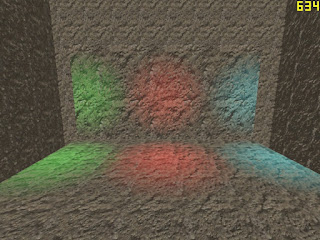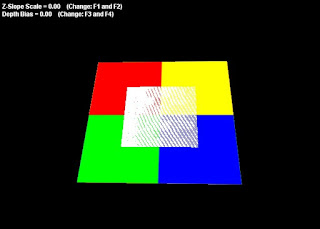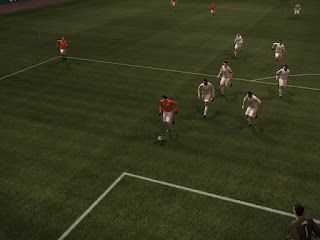In HLSL , We could use constant float to transit the value into shader code. There is a confusing problem to me, in row-major and column major rule will have the same result? When we use setConstantF to the register, shader's assembly use vector to record them. At processing time, these vector use dot product operator with you variable. So when you use mul ( pos , WorldMtx ); WorldMtx is: { _00, _01, _02, _03, _10, _11, _12, _13, _20, _21, _22, _23, _30, _31, _32, _33 } the WorldMtx need to be transpose at software, and the process is: Output.x = dot( vector( pos . xyz , 1.0f), vector(_00,_10,_20,_30) ); Output.y = dot( vector( pos . xyz , 1.0f), vector(_01,_11,_21,_31) ); Output.z = dot( vector( pos . xyz , 1.0f), vector(_02,_12,_22,_32) ); Or you also can use mul ( WoldMtx , pos ); , and don't transpose WorldMtx . The result is: Output.x = mul ( vector(_00,_01,_02,_03), pos . x ) + mul (_30, 1.0f); Output.y = mul ( vector(_10,_11,_12,_13), pos . y ) + mul (_31, 1.0f)...










